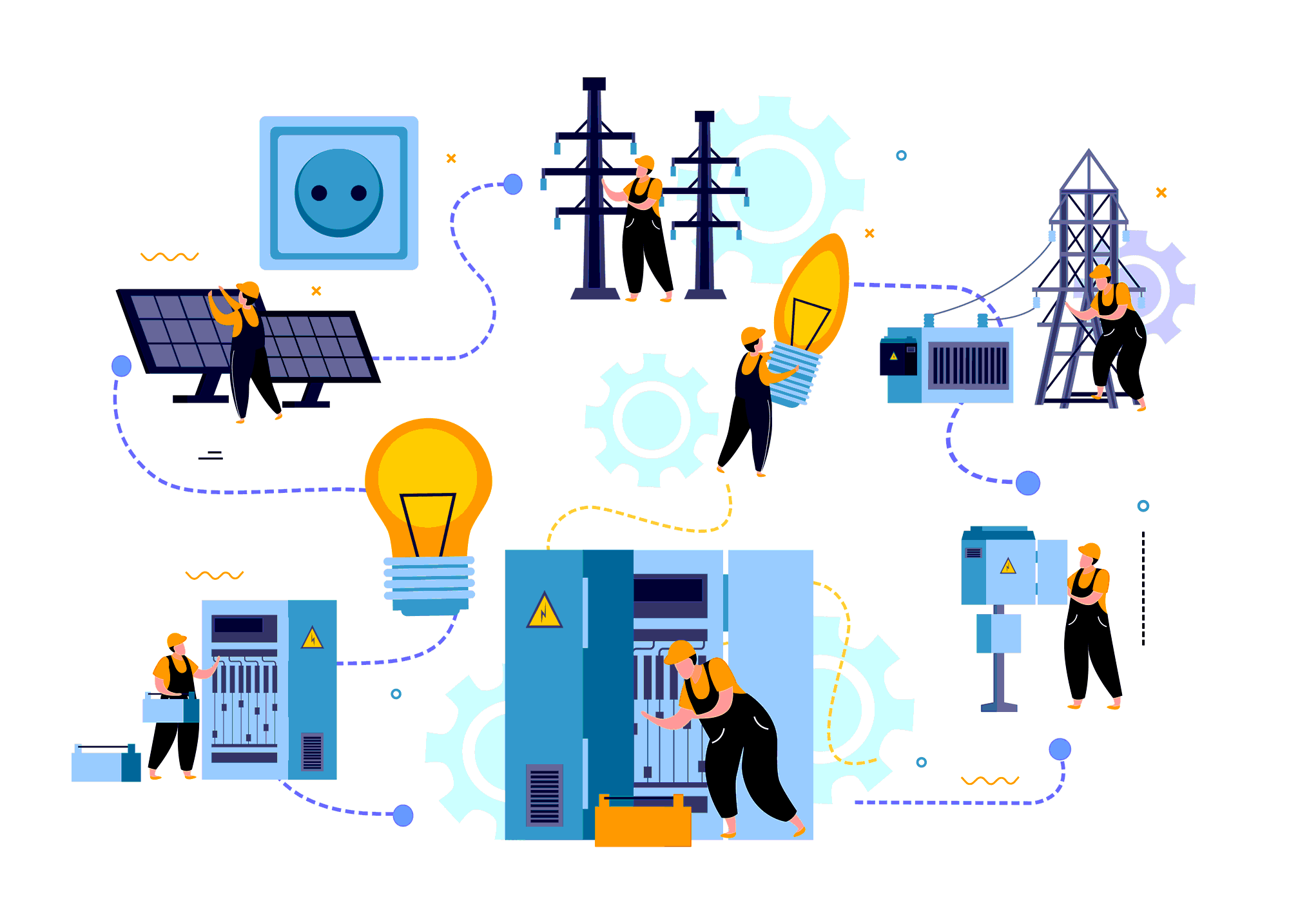
How Ultra-Low-Power Integrated Circuits Work: Energy-Efficient IC Design Techniques and Applications
As technology continues to evolve, the demand for energy-efficient and low-power electronics is increasing. This has led to the development of ultra-low-power integrated circuits (ICs), which are designed to operate with minimal power consumption. In this article, we will explore the working principle of ultra-low-power ICs, energy-efficient IC design techniques, and their applications, advantages, and disadvantages.
Introduction to Ultra-Low-Power Integrated Circuits
Ultra-low-power integrated circuits are microelectronics that consume very little power, usually in the micro or nano-watt range. They are designed to operate with minimal power consumption, making them ideal for battery-powered devices and applications that require long battery life. These ICs are becoming increasingly important in the development of Internet of Things (IoT) devices, which require long battery life and low power consumption.
Working Principle of Ultra-Low-Power Integrated Circuits
The working principle of ultra-low-power integrated circuits is based on reducing power consumption by minimizing the number of active transistors, optimizing the circuit design, and using power-saving techniques. The key to achieving ultra-low-power consumption is to reduce the leakage current in the transistors and to minimize the number of active transistors in the circuit.
Energy-Efficient IC Design Techniques
Designing energy-efficient ICs requires a combination of innovative circuit design and power management techniques. Some common energy-efficient IC design techniques include:
- Using sleep modes: This technique involves putting the IC into a sleep mode when it is not in use, reducing power consumption. For example, a microcontroller can be put into a sleep mode when it is not performing any tasks.
- Using voltage scaling: Voltage scaling involves reducing the supply voltage to the IC, which reduces the power consumption of the IC. However, this technique can affect the performance of the IC.
- Using clock gating: This technique involves turning off the clock signal to unused portions of the IC, reducing power consumption.
Applications of Ultra-Low-Power ICs
Ultra-low-power ICs are used in a wide range of applications, including:
- IoT devices: Ultra-low-power ICs are ideal for IoT devices that require long battery life and low power consumption. These include sensors, smart home devices, and wearables.
- Medical implants: Medical implants such as pacemakers require long battery life and low power consumption, making ultra-low-power ICs an ideal choice.
- Wireless communication devices: Wireless communication devices such as Bluetooth Low Energy (BLE) and Zigbee devices require low power consumption, making ultra-low-power ICs an ideal choice.
Advantages and Disadvantages of Ultra-Low-Power ICs
Advantages:
- Long battery life: Ultra-low-power ICs consume very little power, which results in longer battery life.
- Low power consumption: Ultra-low-power ICs require very little power to operate, making them ideal for battery-powered devices.
- Reduced heat dissipation: Since ultra-low-power ICs consume very little power, they generate very little heat.
Disadvantages:
- Limited performance: Ultra-low-power ICs sacrifice performance for power efficiency, making them less suitable for high-performance applications.
- Higher design complexity: Designing ultra-low-power ICs requires more complex design techniques, which can increase the design cost.
- Cost: Ultra-low-power ICs can be more expensive than traditional ICs due to the additional design complexity.
Conclusion
Ultra-low-power integrated circuits are a critical component of modern electronics. They are designed to operate with minimal power consumption, making them ideal for battery-powered devices and IoT applications that require long battery life and low power consumption. By using innovative circuit design and power management techniques, energy-efficient ICs can be designed to minimize power
Electrical Engineering


